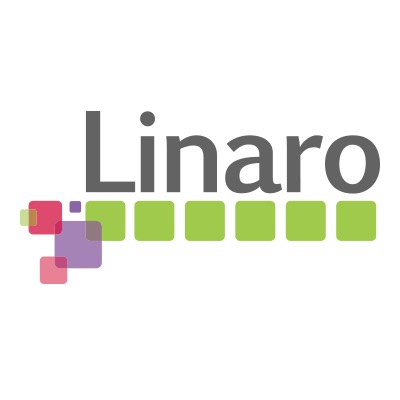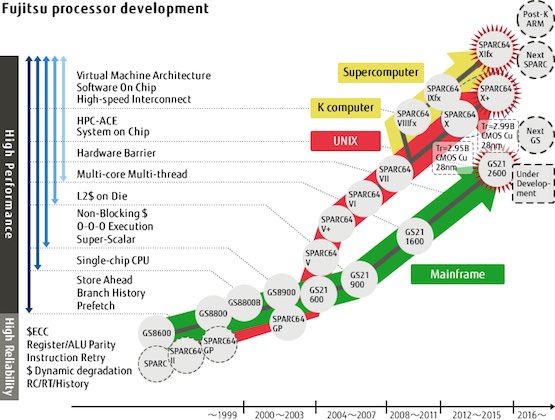 Today Fujitsu Limited announced the company has joined the Linaro Enterprise Group (LEG) and has become a founding member of the LEG High Performance Computing Special Interest Group (HPC SIG).
Today Fujitsu Limited announced the company has joined the Linaro Enterprise Group (LEG) and has become a founding member of the LEG High Performance Computing Special Interest Group (HPC SIG).
We’re very pleased to welcome Fujitsu to the LEG and the HPC SIG, and we look forward to working with them and the other industry leading HPC SIG members to enable the most effective deployment and management of ARM-based HPC solutions,” said George Grey, Linaro CEO. “Fujitsu’s record in the supercomputer market speaks clearly to their experience, and the public commitment they made last year to ARM-based HPC solutions for the Post-K computer project in Japan sets an impressive vision that we look forward to helping them achieve.”
Through the LEG HPC SIG, Fujitsu is ready to cooperate with other members to help accelerate the development of the ARM HPC ecosystem. Discussions at Linaro Connect in Budapest are expected to focus on enabling the OpenHPC community effort to build the ARM HPC software stack and improve ARM cluster competitiveness, SVE(*2) support for the QEMU Tiny Code Generator (TCG) instruction simulator, HPC compiler optimization, the Linaro Developer Cloud and future efforts to establish a development environment for Independent Software Vendor (ISV) developers to expand the software portfolio for ARM-based clusters.
“Developing a supercomputer that is many times faster than any of those currently available is clearly a challenging process and involves leveraging Fujitsu’s top hardware and software talent, as well as the help of partner companies such as ARM,” said Naoki Shinjo, SVP, Head of Next Generation Technical Computing Unit, Fujitsu. “The engineering resources of Linaro and its group’s members provide a unique way for us and our partners to work together on shared challenges and accelerate the deployment of new systems for a variety of HPC uses, including improved scientific simulations for climate change models, disaster prediction, drug discovery and the development of new fuels.”
Fujitsu has consistently adopted the most appropriate instruction set architecture (ISA) during its 40 years’ experience in supercomputers. The company has chosen to adopt the ARMv8-A architecture with SVE in order to position the Post-K computer, currently under joint development by RIKEN and Fujitsu, so it can benefit from a broader software ecosystem than the K computer, an earlier version which was ranked as the world’s number one supercomputer in 2011, and remains ranked seventh today. The Post-K computer will be built around a new many-core HPC processor with 512-bit wide SIMD, high scalability and very efficient performance per watt. This processor is the result of the close technology partnership between Fujitsu and ARM.
Fujitsu joining Linaro and the formation of the LEG HPC SIG are key milestones in the advancement of the ARM HPC ecosystem,” said Noel Hurley, vice president and general manager, Business Segments Group, ARM. “This will immediately benefit the fast-moving HPC community, many of whom are already seeing value in the massively-parallel ARMv8-A architecture. We look forward to working together to solve the challenges in this market, so that the deployments of ARM-based HPC systems will bring the industry a step closer to efficient Exascale computing.”
LEG was established in November 2012 as the first vertical segment group within Linaro. The group was established to accelerate ARM server ecosystem development and it extended the list of Linaro members beyond ARM silicon vendors to Server OEM’s and commercial Linux providers. Toward the end of 2016, six of the LEG members decided to extend the LEG work to include HPC open-source software development for the ARM enterprise ecosystem within a Special Interest Group.
Linaro now has over 35 member companies working together to accelerate open source software development. As the range and capabilities of SoCs have grown exponentially, the benefits to be gained from collaboration on common open source software across the industry increase. Linaro’s goals are to enable more rapid innovation in the industry through using shared resources to engineer common software elements, enabling each member to focus more of their own resources on product differentiation.





